Art is a massive part of culture; it is intertwined with most things in life. Despite the ongoing pandemic, Bangkok's art scene is making a comeback in full force with many thought-provoking shows that tell us that art is not merely aesthetical. Guru presents gallerists who present art with a mission.

Environmentally Friendly
Warin Lab believes that art has more function than aesthetics. Sukontip "Fon" Nakasem, founder of Warin Lab, trusts that art could be a medium for communicating different issues and founded the gallery as a mouthpiece for issues of greater importance in a visually-appealing way. The gallery's location was once Dr Boonsong Lekagul's home, the father of Thai environmental conservation, so Fon wanted to pay homage to his legacy. Since its opening, the gallery has conveyed environmental issues such as circular economy, animal extinction, air pollution, lifestyle pollution and ocean pollution.
How do you choose the artists for your gallery?
We work with curators, so we talk to the curators about our objectives and what we focus on and the curators will find work to present and choose how they would like to display it. There are no boundaries as long as it communicates our objective, which is environmental issues.

How do you manage the exhibitions?
We hold five exhibitions each year. Each one is on display for about two months, maybe a little bit longer. The artists that exhibit here could be new, established, Thai or foreign. There is no criteria as it depends on the curator.
How do you make sure that art impacts society?
Besides the art in the gallery, we also try to incorporate an educational programme in every exhibition. I believe that if we put in different media, the information that we are trying to communicate will get across to audiences better, faster, and will be more convincing. That's why we try to associate ourselves with environmental organisations, scientists or environmentalists. We hold talks and in each exhibition we invite biologists and environmentalists to lead a discussion.
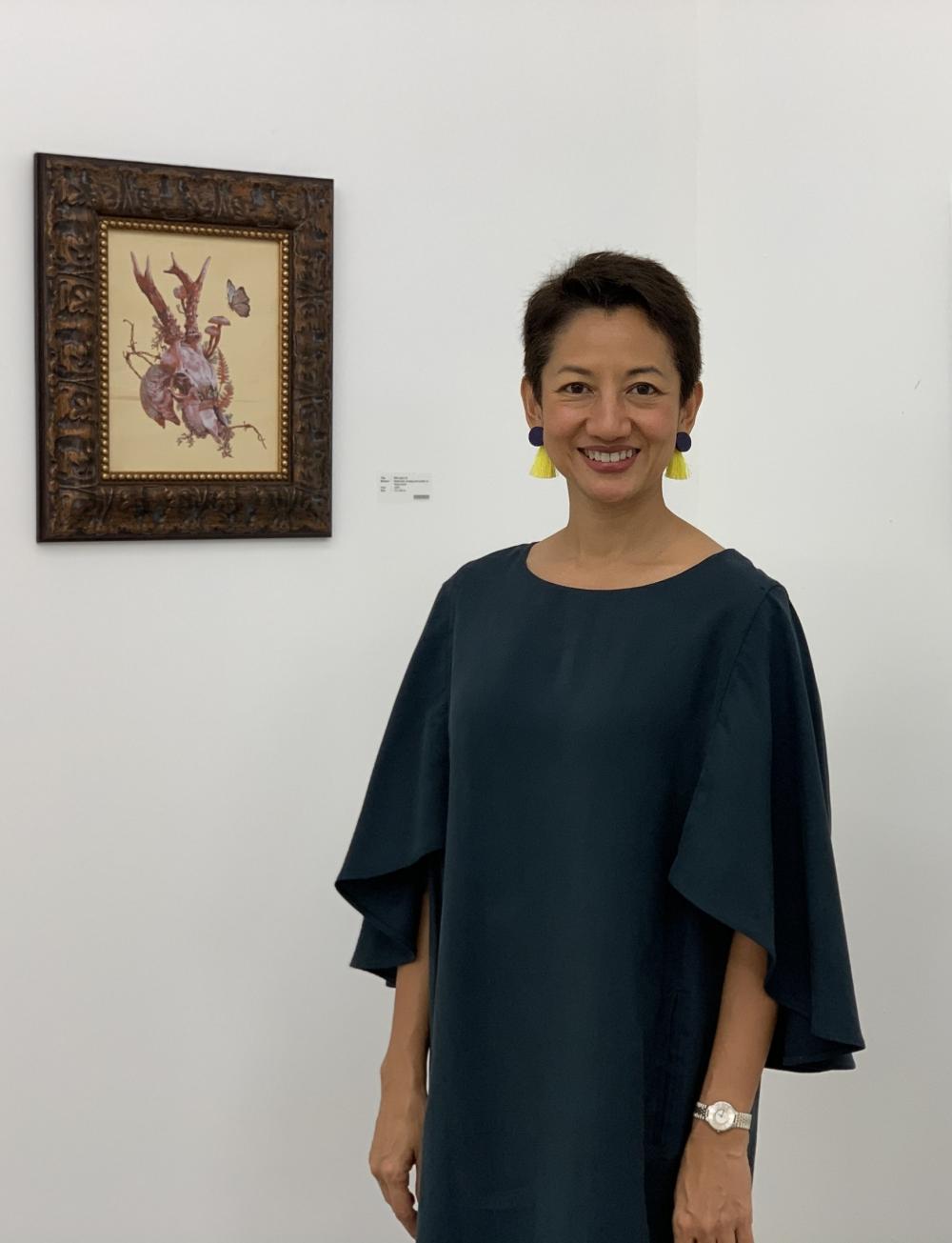
Most recently, we talked about the 'throw away culture', which means we're in a culture where things are bought fast and thrown just as fast, creating massive garbage issues. I've also launched a podcast called 'Warin Lab Contemporary Podcast', and our first episode is called 'Sustainability 101', where we joined forces with the Green World Foundation. The second one is called 'In Artversation' and we talk about critical thinking in the art world with people in the art industry from around Southeast Asia. We talk about different topics in the art world and invite connoisseurs of those topics to have a conversation. The intersection of different groups will bring more audiences and traffic to the issue we are trying to convey.
Visit warinlab.com.
Pick Up The Pulse
Pulse is a lifestyle clinic whose target groups are people who like to travel and party, members of LGBTQI community and sexually-active people. Their services involve preventing STIs and promoting good health while travelling, partying or having sexual intercourse. The Pulse Gallery, which was founded in conjunction with the clinic, aims to use art to create awareness, normalise and decrease the stigma around sexual issues. Dr Deyn Natthakhet Yaemim, founding director-curator-artist of Pulse Gallery and CEO of Pulse, believes that sexual health and sexual matters are crucial well-being for people, society and the world because sex affects the body, mind and community.

How do you choose the artists for your gallery?
Last year, when we opened the gallery, we started with the Pulse Awards inaugural event. We accepted artworks from five categories: Two-dimensional, three-dimensional, photography, digital art and ceramics. Our jury consisted of Loredana Pazzini-Paracciani, curator of Bangkok Biennale; Wasinburee Supanichvoraparch, renowned Thai artist; Lisa Botos, European curator; Richard Koh, founder of Richard Koh Fine Arts and Richard Koh Projects; and myself. We decided the finalists, five people per category. After that, we picked who best portrays each year's theme. There are two prizes, 'The Winner' and 'The Most Promising Artist'. The artists will get the prize money and be exhibited in the gallery at our Phloenchit branch. This year, we plan to use all our Bangkok branches and after the exhibitions have been shown in Bangkok, we will move to Malaysia and Singapore.
How do you manage the exhibitions?
The Pulse Awards lasts two months and during the other 10 months, we have events with different themes. Artists can contact us through our website to submit their work and the jury will select a few and contact the artist to display them in the remaining months.
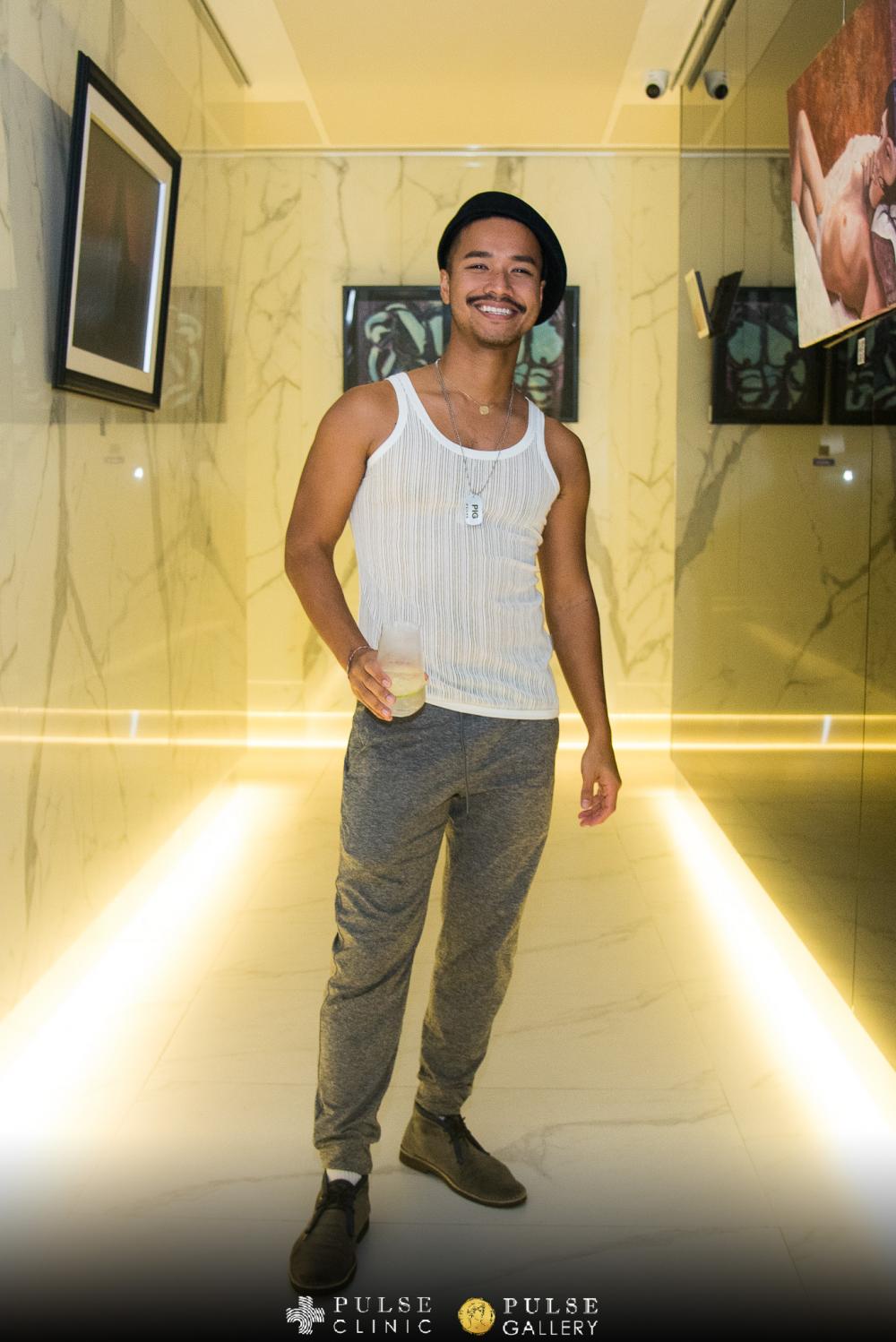
Have you ever been censored or have you ever self-censored?
Censorship has always been through the public or social media. Art concerning sexual health, sexuality and sexual orientation or images with nudity or reproductive organs is against the guidelines of most social media. One of our very famous images features drugs because it reflects certain subcultures and it can't be promoted through any media because it's very explicit. However, it's a rising star and you can still see it in the gallery. We're limited in how we communicate about sex, for example we can't write the words 'sex', 'contraception', and so much more. This makes it complicated for us to promote ourselves. We can't boost our posts because it has the word 'sex' in it, even though it's a part of the words 'sexual health'.
What's the goal of the gallery and how does it create social impact?
We want to create a safe and free space for artists, emerging or established, in order to create awareness and positive change. We think that artists should have the freedom to express their thoughts and opinions if it's not illegal. We want to emphasise art pieces that promote open-mindedness.
We try to hold exhibitions all year in all our locations, including Malaysia and Singapore. We work with organisations in Europe and America. Recently, the team we work with in Vienna expressed interest in having the Pulse exhibition on display there. It's something we're proud of because we've only had one show and we are already getting recognition. We would like to support artists by helping them become more well-known, in Thailand and elsewhere in the world.
Visit pulse-clinic.com/pulse-awards.
The Joy Of Art
The Joyman Gallery is a commercial space where people are allowed to admire the artwork or buy the paintings with the objective of supporting the art industry in Thailand. Bancha "Lim" Wongchotiwat, project manager and curator, supports the art industry by exhibiting artists, selling their artwork and adding paintings to construction projects.

How do you choose the artists for your gallery?
We work with curators who select the artists who suit our style. We're a contemporary art gallery, so the artists have to be contemporary, their work must be of quality and their art must be attractive. They should draw in a bit of a crowd.
How do you manage the exhibitions?
One exhibition is usually shown for 40-45 days, about nine per year. But we have two floors, one show per floor, so it's 15-18 per year. It also depends, some exhibitions only stay around for 30 days or we have group exhibitions, like the one we just launched called 'Awesome Dude', that takes up both floors because it's so prominent, 33 artists altogether.
Have you ever been censored or have you ever self-censored?
There are two things for which we usually get censored. The first is nudity and the second is politics. When there's a political art exhibition, we typically have to screen some of the artworks. It cannot be too hardcore, so to say. It can discuss political issues but can't be vulgar. This is how we censor ourselves. In terms of being censored, if we send images to the media and it features some political stances, their way of censoring us is they wouldn't publish us. If it's nudity, they will partially censor us. Also, in terms of social media, we aren't able to post images of paintings that convey explicit nudity. Facebook and Instagram will band us if we do. The penalty is getting suspended for weeks so we have to be especially careful.
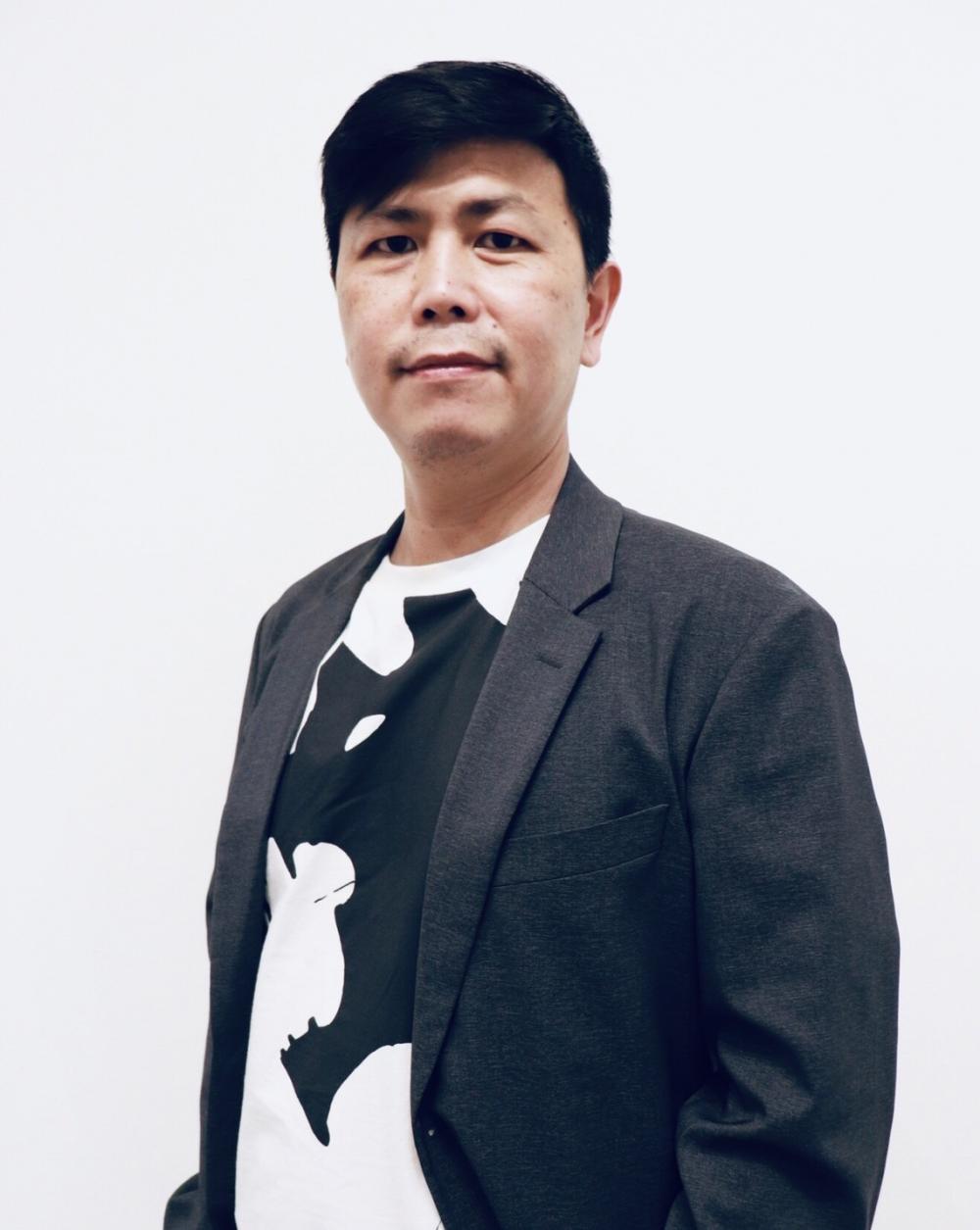
What does your gallery do to create a social impact?
All our exhibitions are on display free of charge. We do a lot of public relations for the artists and their exhibitions by sending the news to the media and promoting it on social media. We go to art fairs to get the artwork out to as many interested people as possible. We also do CSR projects such as auctioning paintings and contributing to LGBTQI causes. Here, we use art as a means of helping society.
Visit joymangallery.com.
Nurturing The Contemporaries
Gallery Ver focuses on contemporary art. The work exhibited here is primarily research-based and concept-based. They've been seen as a political space, but they don't carry solely political art. Pearamon "Pea" Tulavardhana, associate director, says that the gallery's objectives are to provide a space for artists, academics, collectors, etc, and to nurture artists and grow with them.
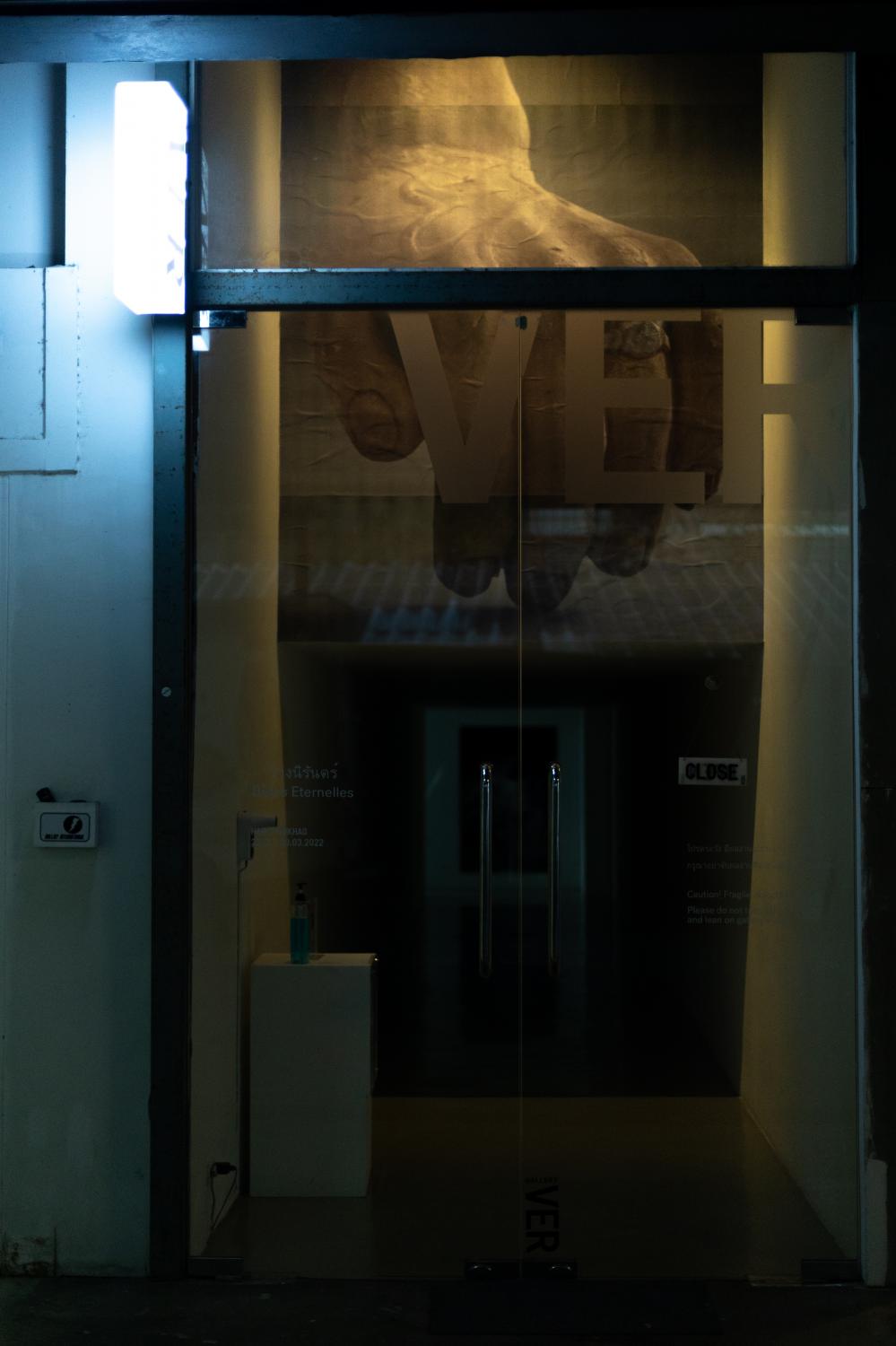
How do you choose the artists for your gallery?
Gallery Ver has been around since 2006, so many artists started here. They sign with us and we try to support them in any way we can. For example, we give them a solo show, take them to art fairs abroad and push them to apply for residencies. We try to make the list of artists we represent diverse, not only in gender but also in the hierarchy. We represent emerging artists, mid-career artists and also established ones.
How do you manage the exhibitions?
We're doing four shows per year. We try to allow a month and a half or two months for each show. We try to balance the artists we represent and other artists who come with a proposal. In a year, we might do two solo exhibitions for two artists we represent and the rest for other artists or curators who have something interesting. We primarily try to diversify the subject matter of the exhibitions each year. For example, if we've done one political art show, we try not to let the next one be so political; it could be about science or body modification. Then the one after that can talk about taxes.

Have you ever been censored or have you ever self-censored?
We're known as the gallery where the military came and ordered artworks to be taken down. It was a photograph of a military student playing with a gun. They said it looked violent, so they asked us to take it down. That happened when we were a part of an art festival where one of the other art spaces showed a photo of a kid charged with the lese majeste law. The image's subject posted it on their social media and the military came to see what the exhibition was all about. That other art space was closed that day, so they came to us and saw what we had on display.
Another photograph on display was the digital edit of the statue in front of CentralWorld: a female government officer's uniform and a golden frame with the sky as a background. People can interpret it in many different ways, but once the military saw it, they thought it talked about the monarchy right away. This censorship sparked interest in people and more people came to the gallery. In recent years, more and more are protesting in the streets and some art has moved itself there, so there's not as much politically graphic art in the gallery anymore.
In terms of self-censorship, sometimes we've had to blur a little bit of the details when talking about a few things that might be too risky or hide it in the different layers of interpretation. Mostly we're very open to anything we exhibit, except if there's something explicit, then we'd talk to the artist about how they can make it a little bit less obvious. Most artists usually know how they can talk about these things.
How does your gallery make a social impact?
We might only have four shows a year, but we try our best to select works that give to society and those who come to see the show. As a gallery, we would like to deliver the artist's message to the audience without having the artist be there to explain their work. We also try to organise educational programmes like bringing in students and hold virtual classes. We also hold activities and events that aren't just talks because we feel that there's a lot of it. We do screenings of films, online discussions or performances related to the shows.
Visit galleryver.com.
Marginalised Matters
VS Gallery has been around for about two years. Founder Voravuj "Bee" Sujjaporamest wanted to support two types of artists, namely the LGBTQI and marginalised artists and writers, or those in the writing industry as he is a writer and storyteller. He aims to find new storytelling methods in art.
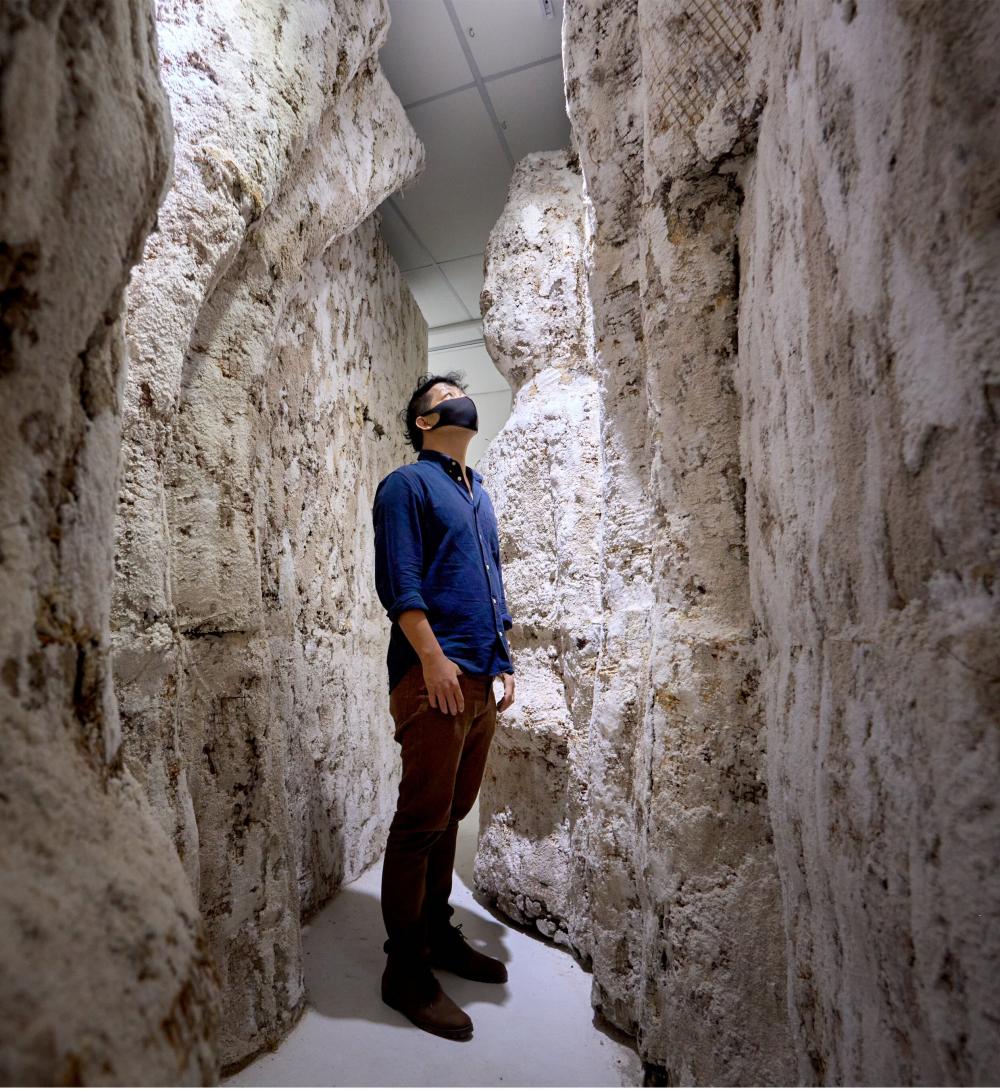
How do you choose the artists for your gallery?
We try to look back to the types of artists we want to support when we pick the artists who will exhibit with us. If artists approach us with content or stories that align with our interests, we will consider them. It might make us different from other galleries with specific art directions. The exhibitions are very diverse because each artist has a different art direction. We look for people with stories to tell and that's why we choose writers or the marginalised.
How do you manage the exhibitions?
We have two exhibition rooms and we do four to five shows per room per year. We're quite a bit more flexible than other galleries because we have a list of artists we want to work with and we have discussions with them about half a year in advance before the exhibition. Not every exhibition is ready on time as planned, so we have a lot of 'suspensions until further notice'.
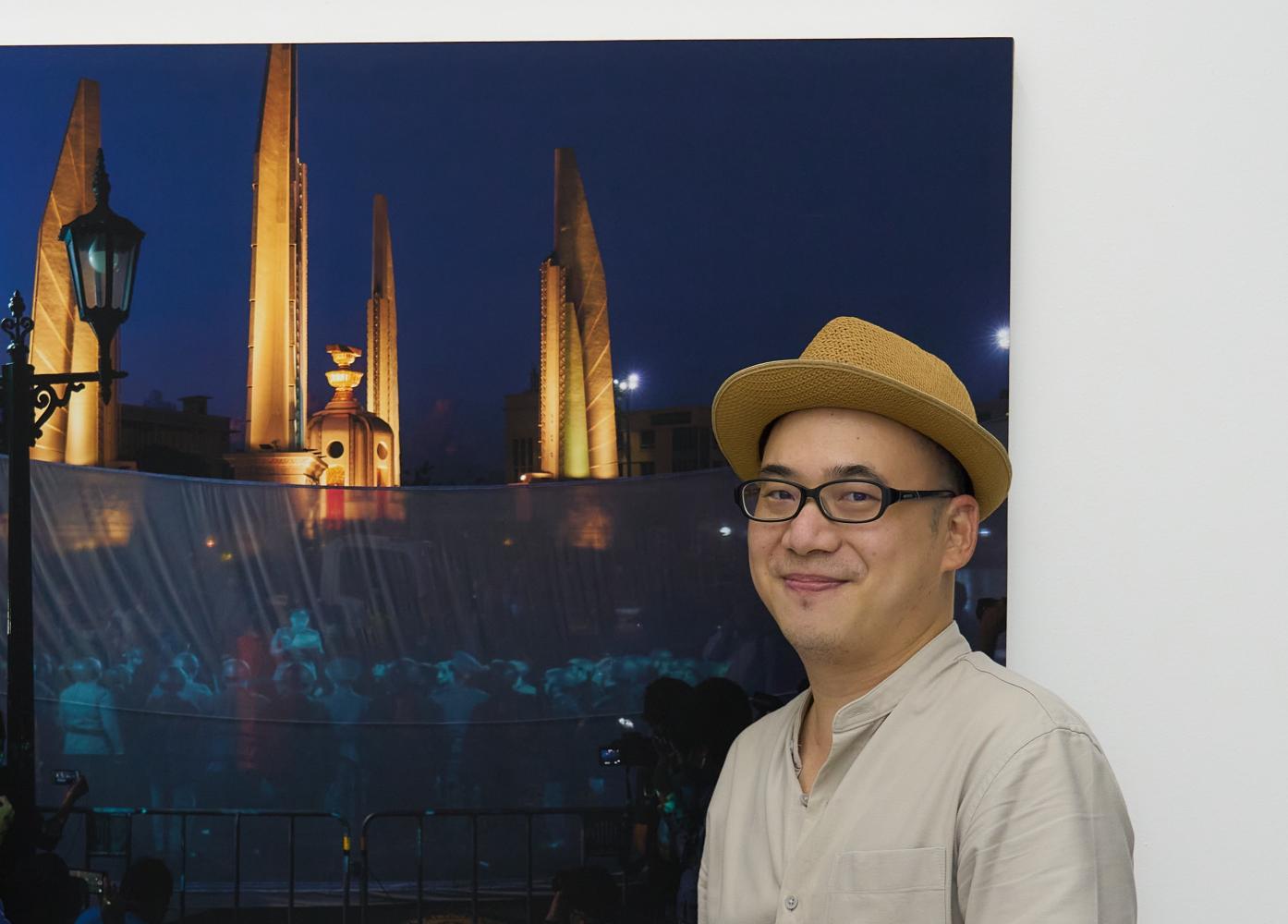
Have you ever been censored or have you ever self-censored?
One artist explicitly criticised the government and was put in jail for a night. He wanted to display at our gallery and is always in contact with a human rights lawyer. So self-censoring in some cases, like this one, is that the artists will consult lawyers about what they can or cannot show. We, as a gallery, will also give suggestions or limitations that the artist will have to jump over with their way of storytelling.
How does your gallery make a social impact?
I don't want to say that I'm working for art, but I would like to say that I'm working for people. I cannot give this freedom of speech to everyone because it would be too broad, but I can give it to these few people who need to be heard.
Visit fb.com/VSGalleryBangkok.
Launchpad For Young Artists
Bangkok City City Gallery was founded seven years ago when there weren't as many art spaces in Bangkok. Most of those spaces would be reserved for established artists and mid-career and young artists didn't have as many places to exhibit. Supamas "Looktarn" Phahulo, co-founder of Bangkok City City Gallery, wanted to give adequate space to such artists to exhibit their works.

How do you choose the artists for your gallery?
The artists that we pick are mostly those that we've admired. It usually starts from our interest in them because if we're going to work with an artist, we would have a bit of an understanding of their work before we start working with them. There are other artists for whom we're not the best fit. They could work with other galleries and get better results.
How do you manage the exhibitions?
We do four to five exhibitions per year with each show lasting two months. We also have special projects like the Art Book Fair that we organise once a year or Ghost that we organise once every three years.
Have you ever been censored or have you ever self-censored?
We've never been censored, but there are a few sensitive issues that we've had to deal with. Some artists may convey personal family stuff suitable for showing abroad but not here. As for self-censoring, we have many discussions about how we will present specific issues and how obvious they should be in order for it not to unnecessarily become a problem in the future.
Visit bangkokcitycity.com.
